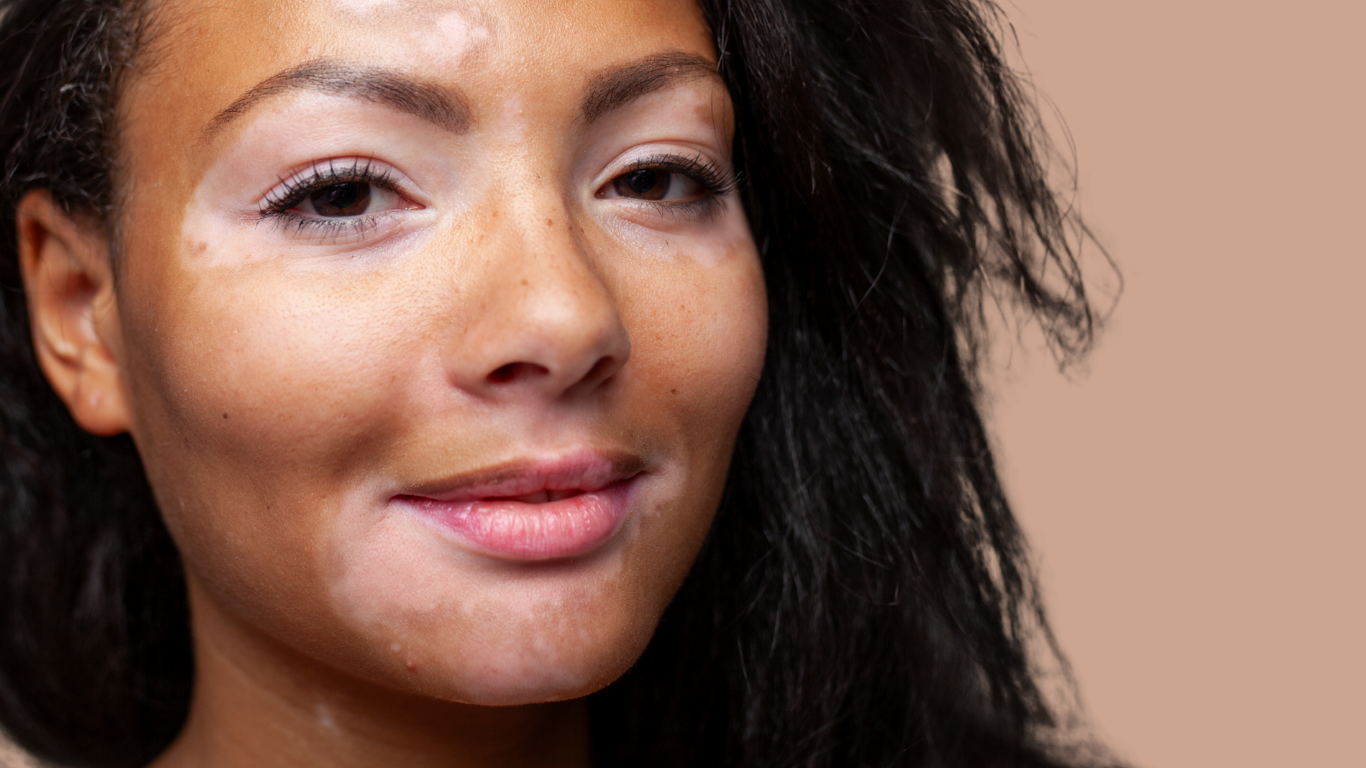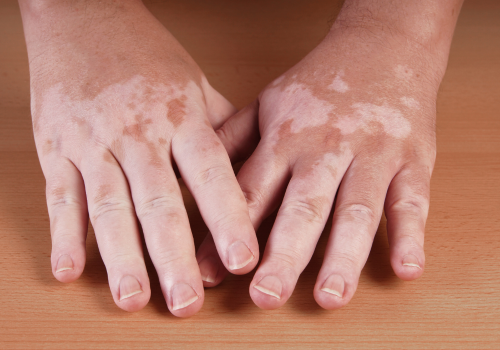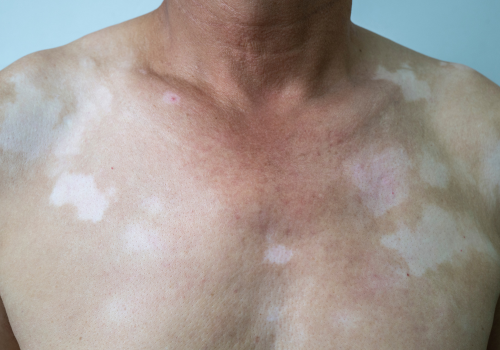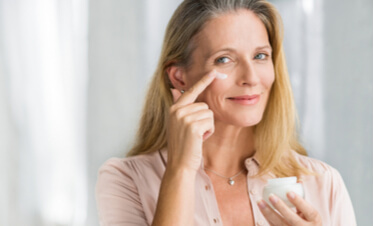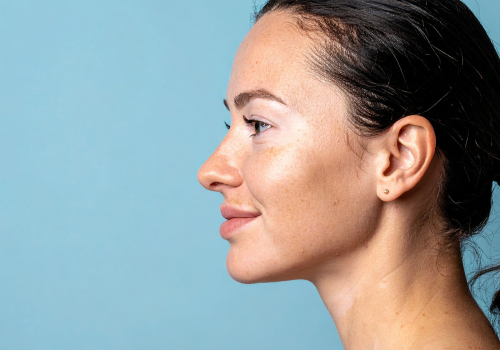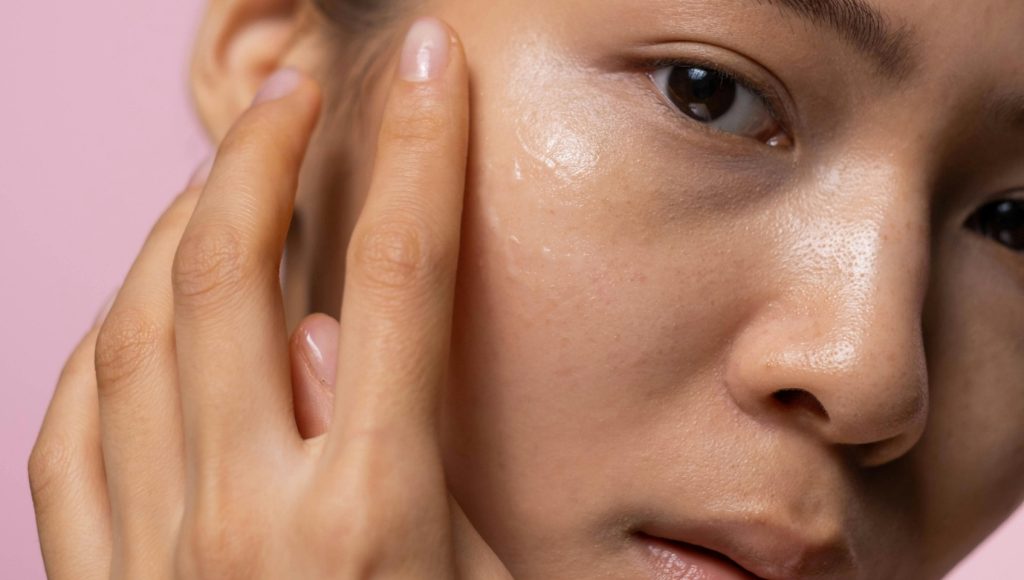Vitiligo is a relatively common dermatological condition in which pigment-forming cells (melanocytes) are attacked by the body’s immune system, causing patches of abnormally white skin to develop. These white patches typically start in small areas and spread over time. Common areas affected by vitiligo include the face, neck, armpits, elbows, hands, knees and genitalia. Vitiligo is not contagious. Though the condition cannot be cured, at-home management and medical treatment methods can slow its progress and help the affected area repigment, therefore reducing its cosmetic impact.
Vitiligo affects people of all skin tones and ethnicities, but primarily affects people with darker skin. The exact cause of vitiligo is not yet known. In some cases, the distinctive white patches of vitiligo appear after a sunburn or an injury. In other cases, there is no clear trigger. Research suggests vitiligo is most likely autoimmune in origin. There is also evidence of genetic susceptibility.
Schedule a consultation with a specialist dermatologist
Vitiligo is not a cause for medical concern, but it can be a devastating influence on your mental health and social life. If you believe you may have vitiligo, the first step is getting a professional diagnosis. A specialist dermatologist can correctly identify the condition and share strategies for managing it with lifestyle modifications, medications and in-office treatments. Book an examination and receive a personalised vitiligo treatment plan at Northside Dermatology by calling us on 03 8582 8688.

